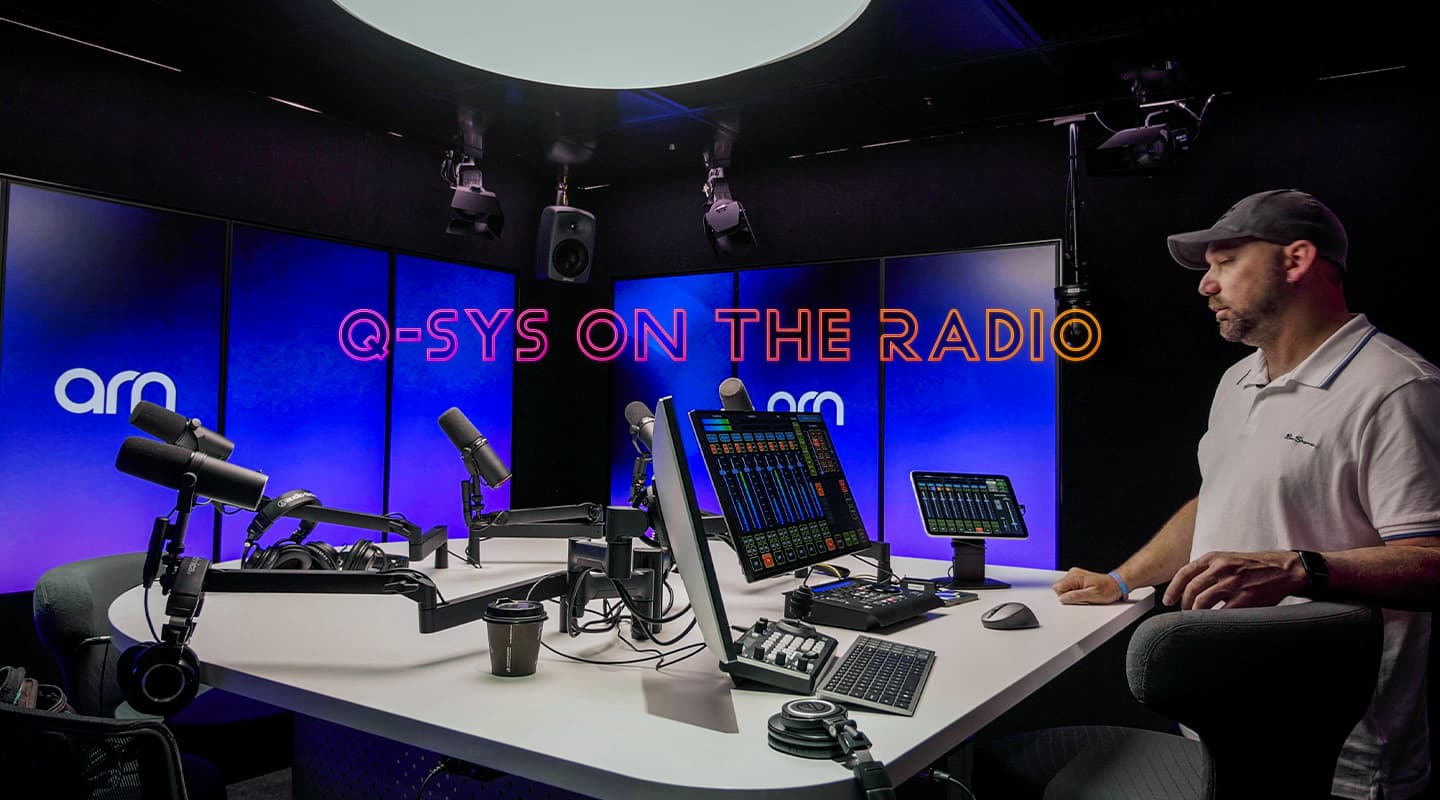
AV Case Study: Australian Radio Network
ARN’s regional radio network goes full Q-SYS, and nobody saw it coming.
Text:/ Christopher Holder
If Q-SYS had an ‘I didn’t know Q-SYS did that!’ page on its website then I expect this story would be somewhere near the top. This story is about how Q-SYS is powering, controlling and automating the audio aspects of a phalanx of Australian Radio Network-owned regional radio stations in Australia.
Q-SYS isn’t a big name in the world of broadcast. That space is usually dominated by names like Calrec, Lawo, Wheatstone or Telos Alliance. In fact, ARN’s main metro sites continue to rely on Telos Alliance Axia hardware and Livewire AES67 audio over IP.
But regional stations don’t operate the way they once did. These days, many of ARN’s 48 regional stations are run by small, agile teams – sometimes just two or three announcers – supported by a flexible network of talent and programming. So when it comes to upgrading an outpost like Port Pirie, rolling out the same console hardware used as ARN’s Sydney HQ simply doesn’t add up.
What does make sense? Well, how about something from left field.
Q-SYS ON BROADCAST
My conversation with Brad Hambleton, Senior Broadcast Technologist at ARN, started with an admission and his response was gracious:
“No, it’s absolutely fine to barely know anything about this because Q-SYS has never really been in the broadcast arena,” laughs Brad. “Q-SYS is everywhere in corporate, pubs, clubs, churches and government – but live radio? That’s new for them. And it was very new for me.”
Brad’s first encounter with Q-SYS came courtesy of Greg Hateley, Broadcast Technology Architect at ARN. “He basically handed me a Core 110f and said, ‘Here’s Q-SYS — make a radio station out of it.’ I had no idea what I was doing. I’d never heard of Q-SYS, never written Lua before, and certainly never built a radio station from scratch.”
That was two years ago. Today, Brad’s Q-SYS-based radio template is up and running in Port Pirie, Batemans Bay, Rockhampton, Darwin, Canberra and more to come.
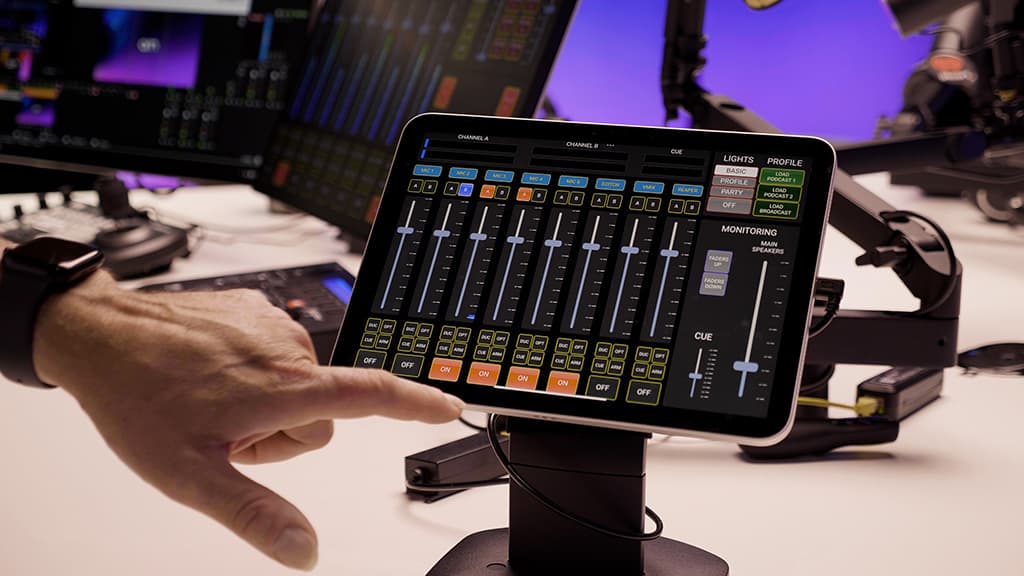
CORE VALUES
ARN’s approach divides its stations into three tiers: metro stations use full Axia systems; mid-sized sites have a blend of Axia and Q-SYS; while regional stations are now all-Q-SYS.
“With Axia, you need the console, mix engine, iPorts for networking, separate profanity delay units… it adds up. With Q-SYS, I can consolidate all of that into two rack units – a pair of Core 110f units, main and backup,” explains Brad. “It replaces the console, the engine, the codec, the delay unit, the intercom… all of it.”
And the cost savings are significant: “A traditional Axia or Wheatstone setup for a two-studio regional station is about A$150,000,” says Brad. “My Q-SYS design comes in at a little over A$40,000.”
ON THE FACE OF IT
One of Q-SYS’s biggest departures from traditional radio is its shift to software-defined control. No faders, no hardware meters, no A/B switches. It’s all touchscreen.
“The move from physical to touchscreen is the biggest culture shock,” admits Brad. “You can’t operate it by feel anymore. So I’ve put the most used controls – Go, On/Off – along the bottom edge of the screen where your fingers naturally rest. It’s a learning curve, but announcers adapt.”
The design mimics a traditional broadcast console: faders, metering, delegation buttons… all recreated in Q-SYS’s UCI Designer software.
“It’s not about reinventing the wheel,” says Brad. “It’s about making something familiar – just digital.”
“”
‘Here’s Q-SYS — make a radio station out of it.’ I had no idea what I was doing
QIO ON THE EDGE
Q-SYS QIO devices replace Axia’s xNodes and other peripheral hardware. “They’re cost effective and space efficient,” says Brad. “You get four channels per rack unit with QIOs versus two per RU with Axia xNodes.”
Brad’s studio wiring is sparse. A Core 110f handles all digital processing, with networked QIOs for mic/headphone connections and AES67 handling the rest.
“Most of the physical analogue stuff is gone. Maybe one analogue input from a satellite receiver – and even that’s being decommissioned,” says Brad. “Everything else – DAB, FM, streaming, playout – is AES67.”
AES67 & YOU SHALL RECEIVE
“AES67 replaces all those expensive sound cards. For playout, we used to use AudioScience or Digigram cards, now it’s just Livewire drivers on the network. Same for editing and phone systems,” says Brad.
“Take Darwin, for example – they’re transmitting and receiving on FM and DAB, all via AES67. The only analogue audio left is music-on-hold and some building monitoring.”
Brad favours the Merging Technologies AES67 driver, based on Ravenna. “It’s robust and easy to work with. Everything just shows up on the network and connects through Q-SYS.”
CODEC TO THE FUTURE
One major wishlist item for Brad is Q-SYS support for the OPUS codec.
“Right now, Q-SYS supports WAV and MP3. OPUS would be a game-changer – low delay, great quality, open source, and ideal for station-to-station voice links,” says Brad. “If someone in Mackay wants to do a shift in Port Pirie, OPUS could make that happen in real time via Q-SYS. It’d replace the clunky codec hardware we used to rely on.”
It’s a case of watch this space.
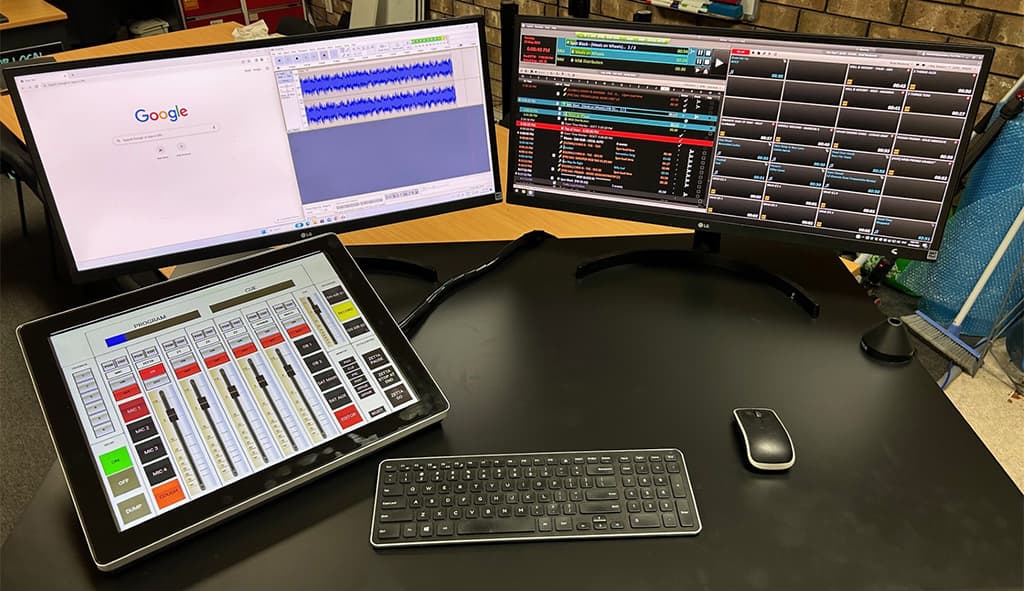
SPARES & REPAIRS
Another big win is maintenance. Traditional broadcast hardware is expensive, hard to source, and rarely local.
“With Q-SYS, I can carry an entire radio station in the back of my car – Core, QIOs, Dell touchscreens, a few thin clients. I keep the same five components in storage, so I can respond to faults without worrying about part numbers.”
“If someone spills coffee on a touchscreen? It’s a $400 fix. Do that on a broadcast console and you could be up for 10 grand.”
STATIONS IN FORMATION
Every regional station is unique, but Brad’s Q-SYS template allows rapid deployment and customisation. “We can build exactly what each station needs – nothing more, nothing less,” he says. “That’s the beauty of a software-defined system.”
And perhaps most importantly, it empowers small teams to operate across large geographies. “We’re not cutting jobs. The jobs just aren’t there anymore,” says Brad. “So it’s about enabling people to do more – efficiently, cost-effectively, and with less reliance on obsolete hardware.”
RADIO RETHINK
Q-SYS may not have broadcast DNA, but that’s arguably its biggest strength. It approaches the task with fresh eyes – and, in Brad’s hands, delivers a flexible, scalable, and affordable way to modernise regional radio.
As Brad puts it: “It’s neat. It’s tidy. And it works.”
TAG (Q-SYS): tag.com.au
Vizcom (Integrator): vizcom.com.au

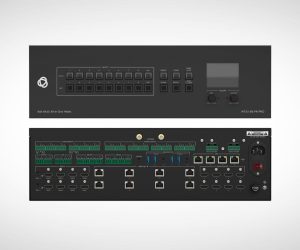


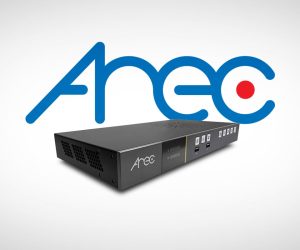

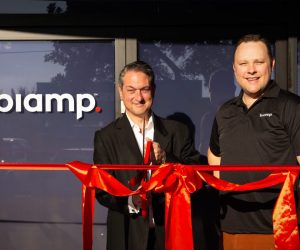
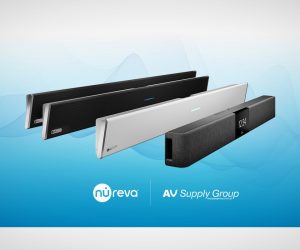
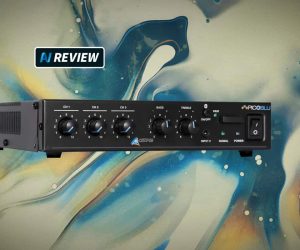

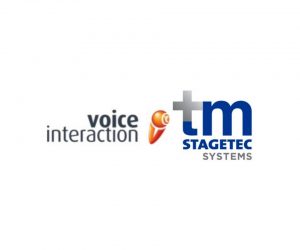
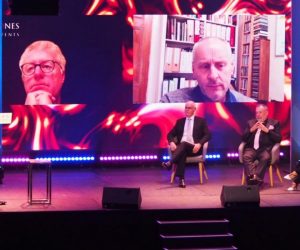
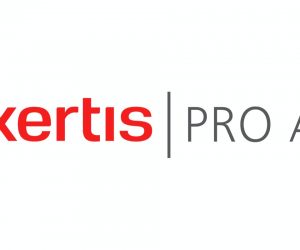

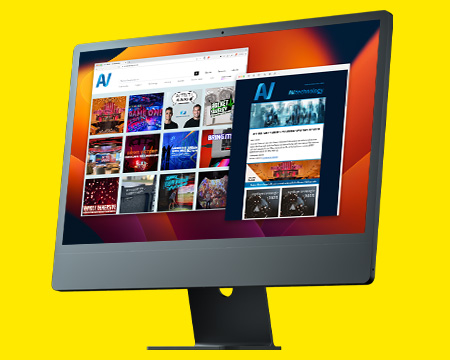
RESPONSES